Nutrition
- Home
- »
- Nutrition
We Support Raw and Carefully Cooked Diets
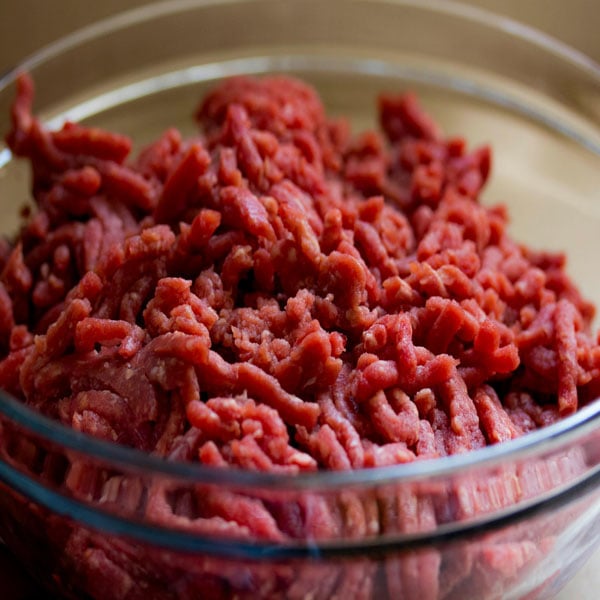
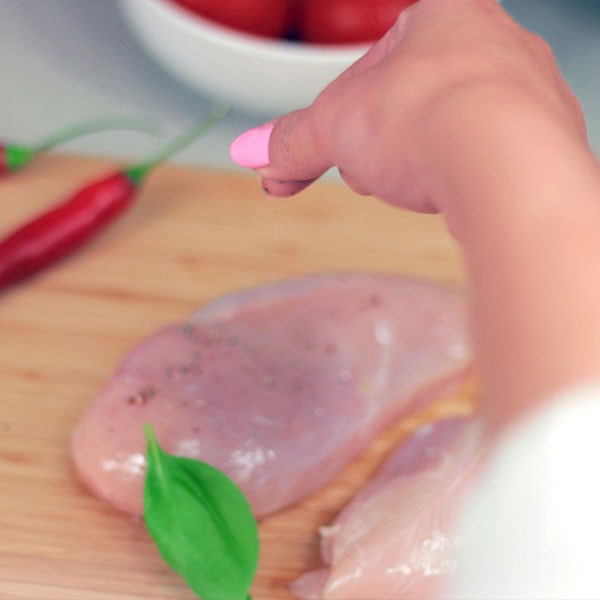
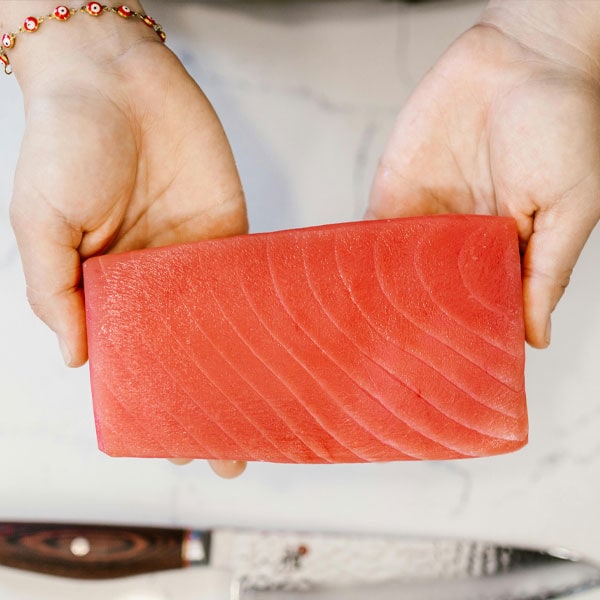
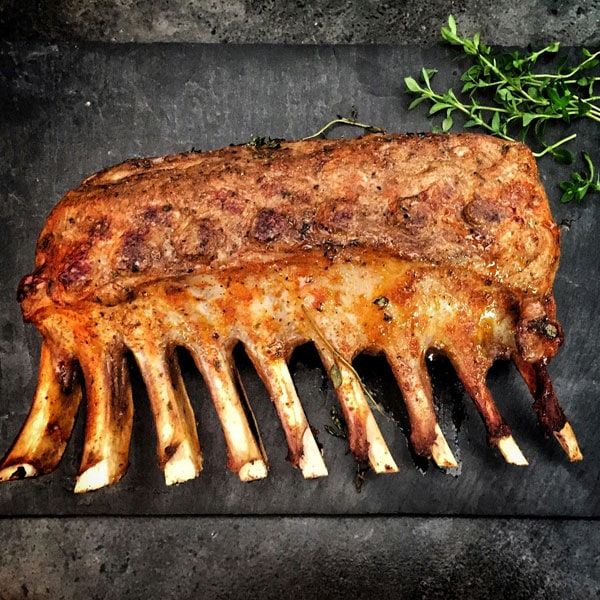
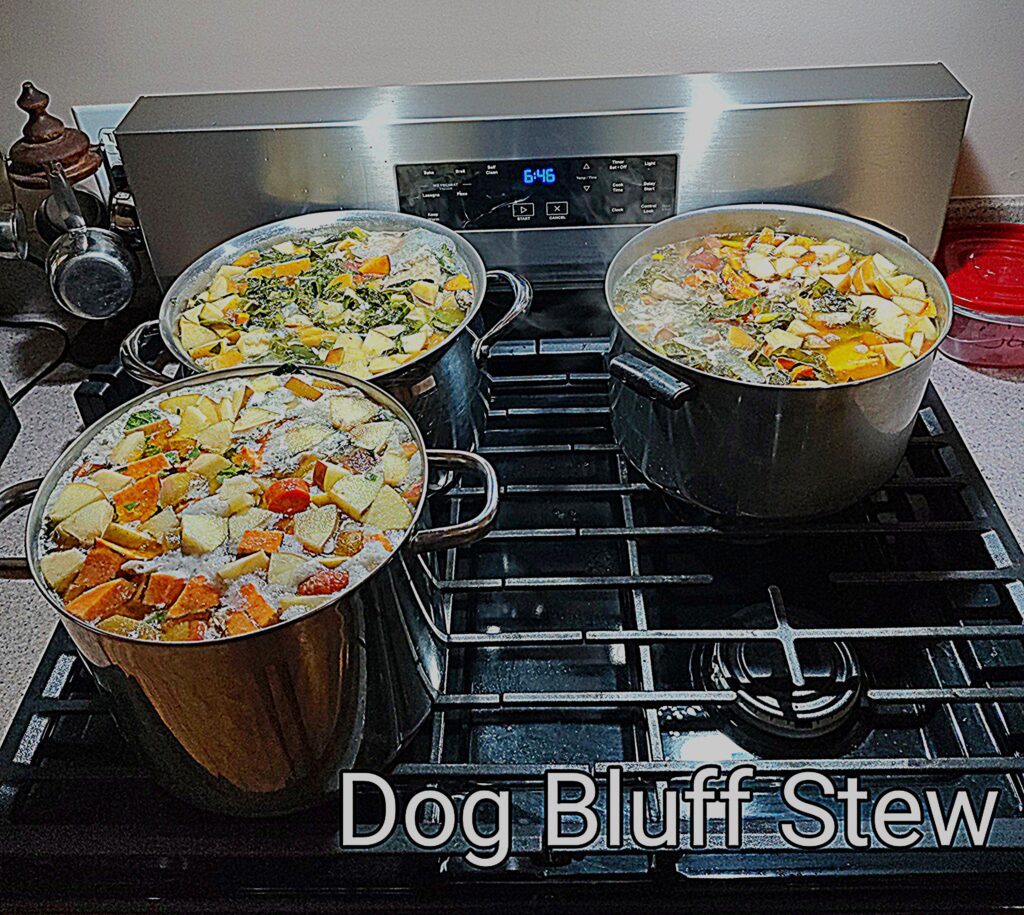
NUTRITION
Chapter 2 from Angela's Book
Raising Dog With Common Sense, Volume 4
By: Angela Thompson Roberts
Copyright © 2012, 2013, 2017, 2023 by Angela Thompson Roberts. This edition (Volume 4) Book cover art by Angela’s grandsons, Mason Eugene Roberts and Lucas Clifton Roberts.
All rights reserved. No part of this book may be reproduced, stored in a retrieval system, or transmitted in any form or by any means, electronic, mechanical, photocopying, recording or otherwise without the prior written permission of Angela Thompson Roberts / Dog Bluff Stuff LLC, except for the inclusion of brief quotations in an acknowledged review.
Angela Thompson Roberts 843-340-5818 CliftonAngela1314@gmail.com
Dog Bluff Stuff, LLC www.dogbluff.com
Dedicated to my readers: May you be blessed beyond measure for loving God’s little creatures.
The following excerpts are shared from Angela’s book, BY ANGELA, for the benefit of all dog owners.
Throughout this book I use the dog name, “Odis” for reference purposes. Odis was my first bulldog, my dream dog. I raised him from a tiny pup, catching puppy fever along the way.
NOTE: I am not a veterinarian, nor do I possess a vet-tech degree. However, I do consider myself to be an expert in raising dogs. My common sense approach includes providing the best nutrition possible, following simple guidelines, spending a few minutes per day to reinforce basic training, and knowing how to handle emergencies. Most situations can be handled by PREVENTION and having critical items in your home for emergencies. I do not hesitate to bounce into my vet’s office - with or without an appointment, if I feel that my dog needs attention. It is vital that you establish a good relationship with a compassionate vet willing to respond to your telephone call, regardless of the hour. Ultimately, I encourage you to follow the advice and instruction of your trusted veterinarian.
Chapter 2: NUTRITION
Nutrition is the most important aspect of raising a healthy, low-maintenance dog. I back every word in this book with over three decades of raising dogs and countless hours of nutritional research.
My dogs thrive on a combination excellent nutrition: They enjoy RAW MEATS, dark greens (kale, spinach, collards), carrots, sweet potatoes and blueberries. I stock automatic feeders with gluten-free, fish-based kibble. And I give our dogs daily NuVet Plus and NuJoint wafer supplements, along with fish oil softgels to build immunity, and promote bone/joint health.
The cost of excellent nutrition is far less than the consequences of feeding the wrong ingredients. Poor nutrition is often the culprit when Odis develops unexplained health issues. Harmful ingredients lead to skin disease, allergies, diabetes, and other health issues that require veterinary care. Always read ingredient lists before purchasing.
GLUTEN is the most inflammatory ingredient in food. It is a highly addictive, sticky protein found in wheat, flour, rye, and barley; even oats are often tainted with wheat. Gluten turns into yeast in and on the body. Symptoms of gluten sensitivity include tear stains, hair loss, itching, flaky skin, sores, eye boogers, stinky ears, diarrhea, constipation, aching joints, fatigue, and unexplained weight gain/loss.
Wheat and flour contain gluten. Corn is not digestible in dogs, just creates more poop; it is a popular “filler” in low-end foods. Most starchy vegetables turn to sugar, which produces yeast in/on the body. Limit starches to sweet potatoes and rice. Do not feed Odis bread or breaded meats.
Yeast build-up can cause major skin issues. Microscopic Demodectic mites are present on dogs and cats. They feed on the host’s skin. Feeding Odis yeast, sugar, or any type of gluten is preparing a demodectic buffet. If Odis has a low immune system his demodectic mites will be so aggressive that he breaks with demodectic mange, commonly called Demodex. Details on the expensive and arduous treatment required to heal this illness in Chapter 3.
Always read ingredient lists. Some dogs require very specific diets depending on health, age and breed factors. Always follow the advice of your trusted veterinarian, but do question anything containing gluten if Odis is prescribed a special food. Ultimately, it is YOUR dog, and your decision, especially when the food is expensive.
Dry Dog Food / Kibble
GLUTEN-FREE, fish-based nutrition is what I preach. Regardless of the protein formula, kibble should contain no glutens, wheat, flour or corn. It is nearly impossible to find kibble without starches; I recommend limiting starches to sweet potato or rice. If your dog does better on grain-free kibble, consult your vet about giving heart-healthy supplements.
Free-Feeding is my preference for all ages. When Odis knows food is available at all times, he has no reason to gorge. He will only eat when he is hungry. Whether you provide an automatic feeder or just keep food in his bowl, you will quickly discover that kibble lasts way longer this way. A new dog may gobble up more kibble at first, just because he’s excited to see it - but he should settle into a good routine within a few days.
Serving sizes vary according to your dog’s breed, age, weight, and other criteria. If you choose not to free-feed, you must experiment with healthy serving sizes. Most manufacturers list suggested serving sizes on the bag, but every dog’s nutritional needs are unique. One size does not fit all. If your breeder established specific amounts and feeding times, the amount needs to increase as he grows/matures.
Healthy weight is critical. You want to be able to feel Odis’ ribs when you pet him, but you never want to literally SEE the outline of his ribs. If his ribs are visible, I would increase his daily food intake by ½ cup at a time.
Supplements are an owner preference. I suggest researching companies that make canine products. I provide multivitamins and a separate glucosamine chew to my dogs to be sure they are not lacking anything beneficial. I am yet to find a dog food source that supplies everything a dog needs to stay healthy for life. Please contact me directly or view my website for my preferred supplement brands.
Wet food is readily available, but watch the ingredients for gluten, wheat, flour and corn. At some point, Odis will require medicine, and in his senior years he may need a softer diet. I keep grain-free (fish/sweet potato formula) canned food on hand for dogs taking medication, as canned food is great for "hiding" pills.
RAW IS THE WAY TO GO, IF your budget and schedule allow for it. Dogs are carnivores. In the wild, they consume meat and occasionally chew on grass to aid their digestive system. Our young puppies are weaned from mamma dogs using an all-meat diet with some dark greens mixed in (spinach, kale, collards, green beans) for good measure. I cook their meats in a big pot with brown rice, then run it all through the blender for mush food consistency. I introduce gluten-free, fish-based kibble at age 4 weeks only because most dog owners tend to use vet-recommended kibble. But I also encourage those adoptive families to feed meats and dark greens along with kibble.
Raw-raised dogs absolutely thrive from such great nutrition. They are built with amazing structure and muscle tone and sport beautiful, shiny coats.
Feeding raw requires extensive research and sanitary measures. Please consult with canine nutritionists so that you understand the sanitary requirements for food prep and storage. Food intake will depend on age, weight, breed and other factors. While some meats are fine to give completely raw, others require a slight amount of heat to destroy bacteria that lives on meat. Bones are a huge cause of intestinal punctures and blockages, so I recommend boneless meats.
Owning multiple dogs, I provide automatic feeders full of gluten-free, fish-based kibble. I also feed "raw" throughout the week, using raw meats, dark greens, carrots, sweet potatoes and blueberries. Our dogs also enjoy leftover meats and dark greens from our meals. We are a gluten-free household.
Specialty foods, gourmet recipes, cold/frozen and even dehydrated forms of raw-type diets are available for delivery to your door! If your budget allows for this convenience, be sure what you are ordering is gluten-free, with as little starch content as possible.
Switching foods must be done carefully to prevent diarrhea and indigestion.
Mix half-&-half old/new food for 5 days for a gentle adjustment. Watch the consistency of Odis’ poop when changing foods. Soft stool is fine, and does not warrant medical attention; that should firm up as Odis adapts to all things new. If he breaks with runny stool, consult your vet for proper dosage of otc (over the counter) tummy medicine. Some otc meds are toxic to dogs, so be sure you follow your vet’s instruction. If Odis’ stool doesn’t firm up by day #2 take a stool sample to your vet to rule out worms, coccidia and other illnesses. If Odis has blow-out diarrhea, he needs a veterinary exam.
“Dog Bluff Stew” is my own recipe. In addition to free-feeding approved kibble to all my dogs, I go the extra mile for breeding studs, mammas and weaning puppies. This is easy and the results are amazing.
Recipe: In a huge pot (like witches’ brew size), boil fresh meats to hopefully include beef and beef fat, chicken, fish and pork. I always add a few teaspoons of pink Himalayan salt and a big glob of coconut oil for essential minerals and good fats. Turn heat off when meat is tender enough to mash up with gloved hands. Prepare several 2-quart freezable containers with 2 cups of gluten-free kibble in each. Dip all stew broth possible into containers, 1 cup at a time, until you reach the bottom of your pot with all the meat. Remove all bones as you mash up the meats together into a bowl. Divide the meat among containers, mixing well as kibble soaks up broth. Add water to fill each container, put lids on, and freeze until ready to use. I keep a few containers in my frig for easy access, and I pop open a frozen stew for adults to chew on, especially on hot summer days.
“Gobblers” tend to inhale their food, threatening bloat. Bloat happens because the kibble absorbs all the liquids in Odis’ stomach, especially when he eats too fast.
Prevent bloat by soaking kibble in hot water about 30 minutes before feeding. Use 3 parts water to 1 part kibble. It will swell to make a huge amount of food, which gives you an idea of what happens inside Odis’ tummy. Feed Odis this way until he begins to slow down and only eats when he is truly hungry. Thus, another reason to free-feed.
Treats are not necessary, but we sure love to shower Odis with love, praise and treats, don’t we? Keep a small container of kibble handy to give as a reward when you catch Odis being a good boy. As a rule, I avoid anything man-made other than kibble, supplements and real meat jerky, with no more than three ingredients (meat, oil, salt). Cut up leftover meats from your meals and keep these morsels in the frig for easy access; they are great for training moments. Careful not to undo your efforts of providing quality nutrition with the accidental purchase of detrimental treats. Read the ingredient list.
Chews and Bones are wonderful tools for boredom, plaque removal and to help puppies shed their baby teeth. But certain man-made chews can be fatal.
Pig skins, raw-hides and similar products offer zero nutrition and become choking hazards when soggy. Dental chews build up in the intestines and lead to blockage; I’ve seen this first hand while working for a vet. Fake bones are just that, and once Odis begins to chew and dismantle them that fake material is ingested and can eventually cause problems. Once a chew of any type is small enough to be swallowed, throw it away.
Antlers are fantastic! They are beneficial and can last for years. The bone marrow contains excellent minerals and flavor as Odis chews away plaque from his teeth. If ordering online, they come ready to chew. If found in the wild, saw off sharp points and boil for 10 minutes to kill any parasites. Let dry, then rub down with coconut oil or meat grease. Give to Odis outdoors or in his crate so he can chew/lick away the oil before carrying antlers around the house.
Natural bones are great IF they have blunt-cut ends and are larger than Odis’ mouth. Typical basted bones have knobby ends that fall away once Odis starts chewing. Those hard and jagged pieces can be deadly. Throw bones away if you notice splintering, breakage or pieces that Odis could choke on.
Save money in the long run by providing Odis with the best nutrition possible. Odis will require smaller amounts to be full because his food is totally digestible. He will be nutritionally sound, preventing many illnesses.
